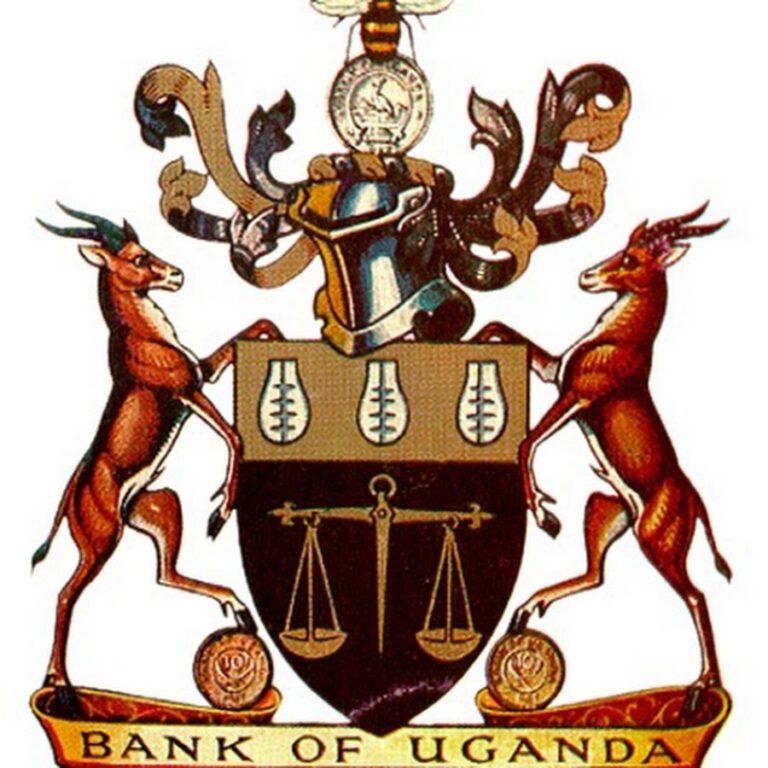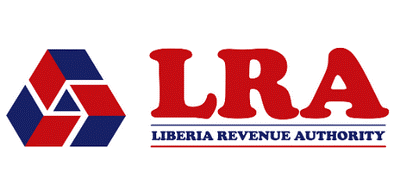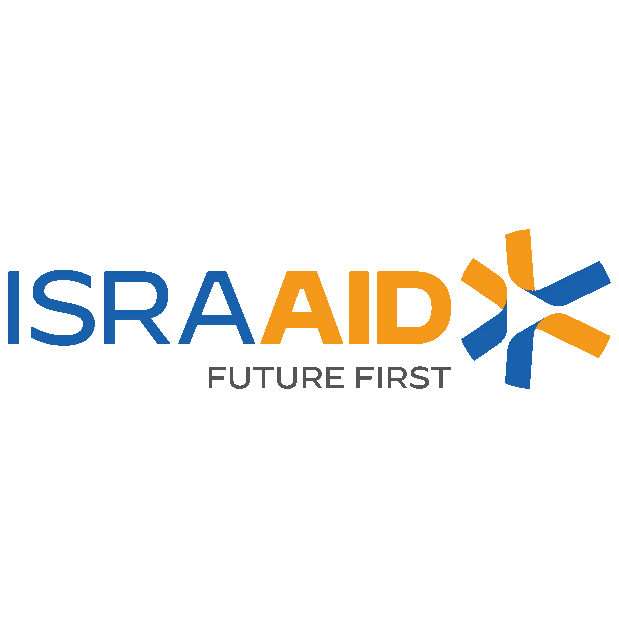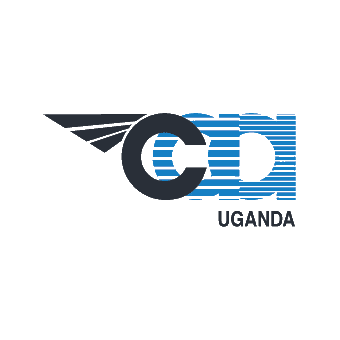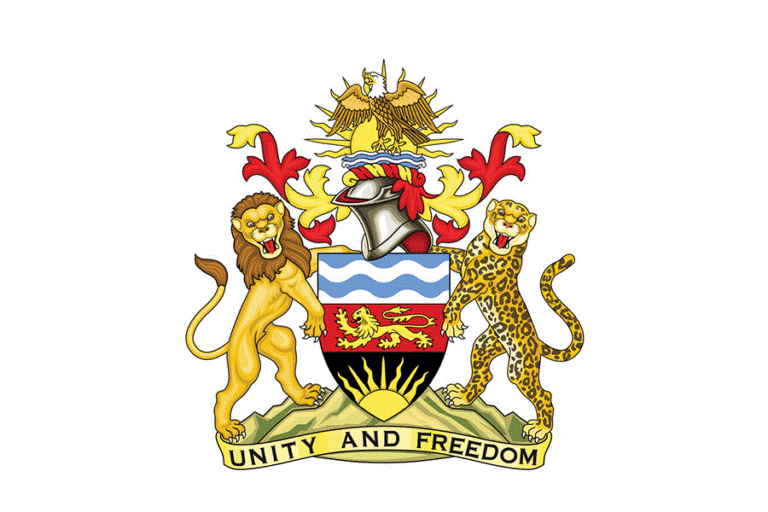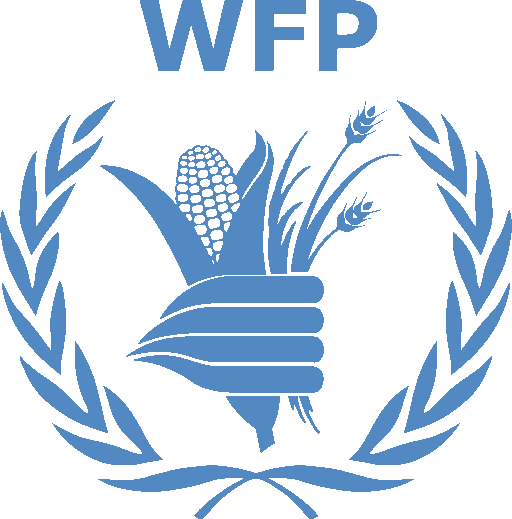Training On Bridge Maintenance and Inspection
INTRODUCTION
Bridges are essential components of a country's infrastructure, facilitating the safe and efficient movement of people, goods, and services. However, over time, environmental conditions, wear and tear, and heavy traffic can weaken the structural integrity of bridges. This Bridge Maintenance and Inspection Training Course is designed to equip professionals with the knowledge and practical skills needed to assess, maintain, and ensure the longevity of bridge structures.
The course focuses on the importance of regular bridge inspection, identifying signs of structural degradation, and implementing maintenance strategies to address both minor and major issues before they lead to critical failures. Participants will gain a deep understanding of modern inspection techniques, risk assessment, structural evaluation, and effective repair methods, ensuring that bridges remain safe and functional over their intended lifespan.
DURATION
5 Days
TARGET AUDIENCE
This course is ideal for civil engineers, bridge inspectors, maintenance personnel, project managers, and anyone involved in infrastructure management or bridge maintenance and repair activities.
OBJECTIVES
By the end of the course, participants will be able to:
- Understand Bridge Inspection Standards and Techniques: Learn about various bridge inspection standards, methods, and techniques, including visual inspections, non-destructive testing, and advanced technologies.
- Conduct Comprehensive Bridge Inspections: Perform thorough inspections that identify structural defects, material degradation, and safety risks.
- Assess Bridge Conditions: Evaluate the structural integrity and serviceability of bridges through qualitative and quantitative methods.
- Develop Maintenance and Repair Plans: Formulate and implement preventive maintenance and repair strategies to address common issues such as corrosion, cracks, and fatigue.
- Implement Safety and Risk Management: Understand how to manage risks associated with bridge deterioration and ensure the safety of users and workers during maintenance activities.
- Apply Modern Tools and Technologies: Use the latest technology in bridge inspection and maintenance, including drones, sensors, and software for data collection and analysis.
COURSE OUTLINE
Module 1: Introduction to Bridge Inspection and Maintenance
- Introduction to Bridge Infrastructure:
- Types of Bridges and Their Components
- Importance of Bridge Inspection and Maintenance in Infrastructure Management
- Bridge Deterioration and Common Defects:
- Factors Contributing to Bridge Deterioration (Environmental, Structural, Load, etc.)
- Identifying Common Bridge Defects (Corrosion, Cracks, Fatigue, etc.)
- Bridge Inspection Standards:
- Overview of National and International Bridge Inspection Standards (e.g., FHWA, AASHTO)
- Frequency and Types of Inspections (Routine, Special, Emergency)
Module 2: Inspection Techniques and Tools
- Visual Inspection Techniques:
- Principles of Visual Inspections for Bridge Condition Assessment
- Identifying Surface Defects and Structural Deformation
- Non-Destructive Testing (NDT) Methods:
- Use of NDT Techniques (Ultrasonic Testing, Ground-Penetrating Radar, Thermography)
- Advanced Techniques (Laser Scanning, Acoustic Emission Testing)
- Technological Advances in Inspection:
- Use of Drones for Remote Bridge Inspection
- Structural Health Monitoring Systems (SHMS)
Module 3: Bridge Condition Assessment and Rating
- Structural Integrity Evaluation:
- Qualitative and Quantitative Assessment of Bridge Conditions
- Load Capacity Evaluation and Structural Analysis Techniques
- Bridge Condition Rating Systems:
- Condition Indexing and Rating Systems (e.g., National Bridge Inventory (NBI))
- Risk-Based Approaches to Bridge Condition Assessment
- Data Collection and Documentation:
- Effective Record-Keeping and Reporting Practices
- Use of Inspection Data for Decision-Making and Maintenance Prioritization
Module 4: Bridge Maintenance Strategies
- Preventive Maintenance Techniques:
- Scheduled Maintenance Activities to Prolong Bridge Lifespan
- Common Maintenance Activities: Cleaning, Painting, Sealing, and Lubrication
- Corrective and Emergency Maintenance:
- Addressing Critical Defects Through Repairs and Strengthening
- Techniques for Steel, Concrete, and Composite Bridges (Crack Repair, Joint Replacement)
- Material Selection for Repair:
- Understanding Material Properties and Selection for Repair Work
- Use of Modern Materials (e.g., FRP, High-Performance Concrete)
Module 5: Safety, Risk Management, and Case Studies
- Safety in Bridge Maintenance Operations:
- Safety Protocols for Maintenance Crews and Public Safety During Inspections and Repairs
- Risk Management Strategies During Maintenance Activities
- Case Studies of Bridge Failures and Lessons Learned:
- Analysis of Notable Bridge Failures (Causes and Preventive Measures)
- Successful Maintenance and Rehabilitation Projects
- Final Workshop: Field work:
- Participants to visit bridge Maintenance and Inspection departments and attend to various bridges on site.
CERTIFICATION
- Upon successful completion of this training, participants will be issued with Macskills Training and Development Institute Certificate
TRAINING VENUE
- Training will be held at Macskills Training Centre. We also tailor make the training upon request at different locations across the world.
AIRPORT PICK UP AND ACCOMMODATION
- Airport pick up and accommodation is arranged upon request
TERMS OF PAYMENT
- Payment should be made to Macskills Development Institute bank account before the start of the training and receipts sent to info@macskillsdevelopment.com
Training On Bridge Maintenance And Inspection in Kenya
| Dates | Fees | Location | Action |
|---|---|---|---|
| 20/10/2025 - 24/10/2025 | $1,500 | Mombasa |
|
| 03/11/2025 - 07/11/2025 | $4,000 | Johannesburg |
|
| 10/11/2025 - 14/11/2025 | $2,900 | Kigali |
|
| 24/11/2025 - 28/11/2025 | $1,250 | Nairobi |
|
| 01/12/2025 - 05/12/2025 | $4,000 | Johannesburg |
|
| 08/12/2025 - 12/12/2025 | $2,900 | Kigali |
|
| 05/01/2026 - 09/01/2026 | $4,950 | Dubai |
|
| 19/01/2026 - 23/01/2026 | $2,900 | Kigali |
|
| 26/01/2026 - 30/01/2026 | $1,250 | Nairobi |
|
| 02/02/2026 - 06/02/2026 | $4,000 | Johannesburg |
|
| 16/02/2026 - 20/02/2026 | $1,750 | Mombasa |
|
| 23/02/2026 - 27/02/2026 | $1,250 | Nairobi |
|
| 02/03/2026 - 06/03/2026 | $4,950 | Instanbul |
|
| 16/03/2026 - 20/03/2026 | $2,900 | Kigali |
|
| 23/03/2026 - 27/03/2026 | $1,250 | Nairobi |
|
| 06/04/2026 - 10/04/2026 | $4,000 | Pretoria |
|
| 13/04/2026 - 17/04/2026 | $1,750 | Mombasa |
|
| 20/04/2026 - 24/04/2026 | $1,250 | Nairobi |
|
| 04/05/2026 - 08/05/2026 | $4,950 | Dubai |
|
| 18/05/2026 - 22/05/2026 | $2,900 | Kigali |
|
| 25/05/2026 - 29/05/2026 | $1,250 | Nairobi |
|
| 01/06/2026 - 05/06/2026 | $4,000 | Johannesburg |
|
| 15/06/2026 - 19/06/2026 | $1,750 | Mombasa |
|
| 22/06/2026 - 26/06/2026 | $1,250 | Nairobi |
|

